Ridgewood Country Club
- gatexas
- Jul 23, 2018
- 12 min read
On the shores of Lake Waco sits Ridgewood Country Club, originally designed in 1947 by Ralph Plummer. The 6,633 yard course presents shockingly undulated terrain given the relatively flat town of Waco. As noted in the piece about Ralph Plummer, Ridgewood serves as a lesson about golf course routing for players. The strategic use of hole variety and wind direction, coupled with the well designed individual holes creates an extremely fun round of golf. When I went out to play this course a few months ago the course was in near perfect condition and was playing firm enough to hit a variety of shots. Around the greens, nearly any club was a possibility making the round even more fun. Walking in a foursome, the round took just under 4 hours even with a wind advisory being in effect throwing balls all over the course. I can't speak enough on how well this course exemplifies the true nature of golf: fun, variety, options, and fast.
Hole 1: 417 yards Par 4
The first hole at Ridgewood begins with a blind tee shot overlooking the lake and marina on the right. I think this is one of the reasons I like this course so much, it can be a bit unconventional. The tee shot imposes a mental hazard to players as there is very little in front of a player to find a target. The ideal like off the tee is toward the right but standing on the tee players may be unaware of the angle they should set themselves up with. The green is guarded most heavily by a front left bunker so approaches coming in from the right portion of the fairway will open up the green, and considering the firmness of the green you need all the room and angles you can get. Another bunker guards the right side of the green. The green itself is relatively calm and has a number of places to tuck a pin. When I played to the back pin, I ran up a 5 iron into the wind that trickled off the back of green. The margin for error is very small but the conditions allow players to attack the pin in the air as well as on the ground.
Hole 2: 355 yards Par 4
The second hole head back inland and plays back up the hill. Positioning is key to playing this hole well as trees heavily defend a miss to the left and a bunker on the right. A big drive over 275 yard will evade the danger left and right but for players not as long, finding the fairway is essential. A shot 215 yards off the tee will keep you short enough to avoid imminent danger and will leave you with about 135 yards on the approach. The green on this hole is one of my favorite on the course and shows signs of golden age course design. The triangular-esque green creates the main sections in the green. A front location is extremely narrow between two bunkers and roughly 7 yards wide and also includes a hard back to front slope with a bit of a false front. A left pin is guarded by a bunker in front and a drop off behind it, and a back right pin as well. Setting up an angle to attack the pin is key to holding the green and taking advantage of the relatively short hole.
Hole 3: 180 yards Par 3
The first par three on the course uniquely has a split tee box set up changing the angle into the green by some 30 degrees. From the normal tee set up on the right, this is one of the toughest shots players will have all day. Left of the green is the popular miss even though players will be pitching back up a fairly severe slope. Making a par on this hole could definitely win a skin on a windy day.
Hole 4: 368 yards Par 4
Most players will look at this hole's short distance and assume birdie can be made with a long drive. While it's certainly possible, this hole plays in favor of accuracy and angles. Two fairway bunkers sitting 265 yards from the tee cut into the fairway forcing players to make a decision: play aggressive down the left side and have a good angle into the green or play it safe down the right and be forced to carry the front bunker. Playing down the left brings trees into play and if you read the piece on Ralph Plummer, this is something he was know to do. The risk reward off the tee is very subtle but adds so much appeal to the hole. The green is also guarded by a bunker behind the green that will catch any ball picking up speed rolling across the green.
Hole 5: 142 yards Par 3
The next par three on the course is a mid length shot playing across water. The green gently moves from right to left as well as sloping right to left with a kicker pushing balls that land on the right back toward the green. The bunkers on the left are also shared by the seventh green (a feature I love, especially as each one seems to layer on top of the next). Players already start seeing variety in the par threes as this hole offers a couple more options on the approach and is 40 yards shorter.
Hole 6: 430 yards Par 4
After a couple scoring holes, the sixth hole provides players with a stout test of ball striking. The hole plays slightly uphill off the tee and favors a tee shot that finds the right half of the fairway. The green is protected by two bunkers with the one in front causing players the most trouble. Players can potentially have a long iron or wood into this green and this bunker puts a premium on finding the right half of the fairway to gain a slight advantage with the angle. The green itself moves heavily from back to front helping long clubs holding the green but makes it very important to stay below the hole.
Hole 7: 396 yards Par 4
The seventh hole presents players with one of the best visuals of the day. A fairway bunker only 125 yards off the tee on the left moves a players eyes to the right side of the fairway on this dogleg left. A tee shot on the right however, brings bunker into play and gives players a mediocre angle into the green. Players that overcome the visual and play down the left have a better angle and even a wayward drive to the left allows players to run a shot down to the green without water coming into play. The green itself it tilted slightly to the right, toward the water, and puts a premium on spin control. In my opinion this is one of the most underrated holes on the course. The approach is typically a wedge or short iron yet players continually find trouble going for a tucked pin. The angle this green sits at is incredibly enticing which makes it so fun. On a more fun note, fairway leads all the way down to the green and enables players to run shots up... I even tried putting from 70 yards.
Hole 8: 426 yards Par 4
Sharing some some tee boxes with the sixth hole, the eighth also plays slightly uphill and is among the toughest driving holes on the course. From the back tees, the two fairways bunkers on the left side lay only 260 yards out and pinch in the fairway that bends to the right. It's easy for players to get too aggressive and miss it down in the trees right rather than lay back of the bunkers and have about 175 yards to the center of the green. A bunker guards the green visually on the right hand side as it lies just over 10 yards in front. The layering can easily throw off depth perception for the uphill shot and really emphasizes an approach falling right. The back part of the green moves heavily to the left and provides the most protection to that pin location. This is a hole that I continually struggle playing as it calls for excellent ball striking/movement yet it remains playable for all skill levels.
Hole 9: 555 yards Par 5
The first par five on the course plays in the foreground of Lake Waco and plays to a blind fairway. Off the tee, players can't see that the fairway moves to the right, but can see the tree line moving in that direction and favors a shot moving right. The second shot is one of the most important shots of the day as it is key to setting up a proper angle. The green is placed at a diagonal up to the right and the fairway slopes down to the right. In order to set up a proper angle, players need to play the ground and give them all the advantage they can get. If players lay up, the fairway slopes heavily to the left and puts the ball above players feet. And given the angle of the green, it makes it all the more important to be on the left. The green is surrounded by bunkers and requires a high level of precision to have a chance at birdie.
Hole 10: 545 yards Par 5
The back nine opens with a par five that is on our Texas 54 as one of the best designed holes in Texas. For many who haven't played the course, a simple look of the hole on google earth may not reveal much worth noting. The true genius of the hole however is in the ground movement. The landing zone for players' second shots tilt heavily from right to left and dow toward a tree clustered ditch. So off the tee, players need to challenge the left side to give them the best angle just for a second shot. Tee shots on the right force players to deal with dense trees on the right and more likely to have balls run into the ditch. The ideal angle on the approach is from the right side of the fairway as the green is built up and is guarded by a deep bunker short and left of the green. Very few par fives really test a player with three really good shots. While reachable par fives are certainly fun, a true three-shotter such as this is an incredible test of golf and also begins an incredible stretch of golf and one of my favorites in Texas.
Hole 11: 352 yards Par 4
With a semi-blind tee shot, the eleventh could be on of the most visually daunting holes on the course. Off the tee players only can almost only see the water left of the fairway creating a trust issue for a start line. With plenty of room right, plus the best angle, many players tend to tug their ball close to the water only to find it in the hazard or with a tough angle with their approach. The green itself is defended in a couple ways. A front pin is guarded due to how much the green is raised up and puts a huge premium on distance control. For other pin locations, bunkers surround and the green is heavily tilted back to front making it crucial to be below the hole. At only 352 yards many consider this hole a birdie opportunity but it can very quickly get away from you with one shot out of position.
Hole 12: 228 yards Par 3
Variety, something that is very prominent with the par threes at Ridgewood and really comes to fruition on this hole. The long par three stretches the bag and is arguably one of the toughest shots players face all day. With the green calling for a ball moving left to right and two bunkers guarding the front, players need to be able to shape the ball well with a long club. The green moves heavily toward the right, only reinforcing the need to shape the ball well and position yourself below the hole. Even pitching from the left rough can make chances at par very slim and if you miss the green well left (as I did when I played) it's all you can do to hold the green.
Hole 13: 382 yards Par 4
The thirteenth closes one of my favorite stretches of golf in the state (holes 10-13). After a diffucult par three, players have an opportunity to get a wedge in their hand with a good tee shot. The slight dogleg left plays downhill of the tee and balls catching a 'speed slot' starting about 240 yards from the tee. It is extremely possible to have anywhere from 50-80 yards into the green if players shape the ball a little right to left. Missing the fairway can leave players in a heap of trouble amongst the trees especially missing left. Ideally players want to stay on the left side of the fairway to open up the right side of the green and is another example of how Ralph Plummer subtly used trees as hazards. The green is severely built up and any ball coming up short will roll significantly away from the green. This hole also starts another great stretch of golf as the score-able thirteenth and sixteenth holes sandwich two of the toughest holes on the course.
Hole 14: 423 yards Par 4
Playing fairly uphill, the fourteenth tee shot is crucial to having any success on this hole. A fairway flanked on the left side of the fairway bottles the fairway about 260 yards off the tee narrowing the fairway some 15 yards. Ideally players want to play near the right side of the fairway to shorten the slight dogleg and provide players with an ideal angle to almost every pin. The green itself allows players to run shots up to the green as the fairway gently feeds into the putting surface. The green is bifurcated by a spine running horizontally through the center of the green and is tilted right to left. All in all, the fourteenth requires 2 very well hit golf shots to have a look at birdie.
Hole 15: 460 yards Par 4
Typically playing into the breeze is the longest par four on the course. Of the fifteenth tee players' visual is extremely hindered by the trees near the landing zone and further emphasizes the need for a right to left ball flight to find the fairway on the slight dogleg left. After one of the toughest tee shots on the course, as well as one of the narrowest fairways, comes an approach shot playing just in front of Lake Waco. Considering the length of club coming into the green, the corridor for a long iron seem fairly narrow but players can find some relief as the fairway gently feeds into the green allowing players to run shot up. The green itself is over 40 yards long and bends slightly to the left. The green's main defense is the lenght of putts players can have as well as a green that appears to be flatter than it is. With such a long club coming into the green, the green complex adjusts for that and players will find that this hole more than tests their ball striking.
Hole 16: 130 yards Par 3
In a concluding lecture on variety, the final par three at Ridgewood is one of my favorite in the state. Coming off of two incredible tests of ball striking comes an opportunity to get a shot back. The green is guarded by two bunkers, one in the front and one in the back, but is mostly defended by contours in and around the green. Tilted heavily from back to front and sloping down to the right, players need to stay below if the want to take advantage of a close shot. In some cases when I've played it, the turf has been firm enough to land a wedge in front of the green and let it release 15- 20 feet. Very few holes of that length even allow for such variety and with the views of Lake Waco it's easy to want to play it again.
Hole 17: 429 yards Par 4
The seventeenth slightly bends to the right and plays alongside a slight hill that feed balls to the right. The green complex is among the best on the course, if not the best. Giving off a Biarritz vibe, the green is tiered off and allows player to use the ground to get their ball in the right section if the please. This can bring any of the three green-side bunkers into play, particularly the one on the left.
Hole 18: 415 yards Par 4
The home hole at Ridgewood Country Club delivers so many features that players have faced throughout the day. Off the tee, players hitting a good tee ball can potentially have their ball run down a severe slope giving them only a wedge into the green. This play can also bring in tree trouble, especially on the right, and may even prompt players to lay back and minimize this risk. By laying back players also have a better visual of the green that plays back up the hill. Playing from the bottom of the hill gives players almost no sight of the flagstick and can be a tough wedge to trust. The green, like many on the course, has a vast amount of pin placements for a variety of difficulties. Tucked pins offer players a slim chance to stick it close but the center of the green will always be waiting to give players a 20-30 foot look. Walking off the eighteenth green, it's hard, for me at least, to not want to talk about the course nonstop. The subtle intricacies and variety continually leave me wanting to play more.















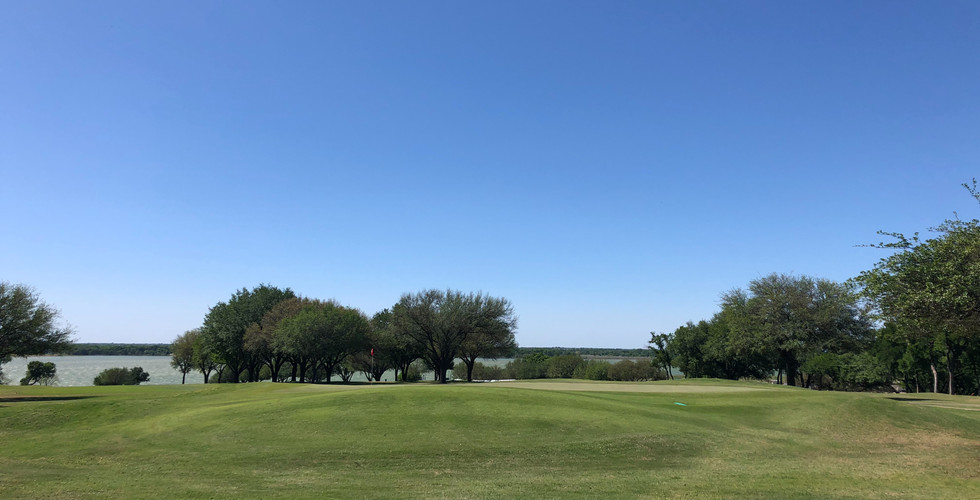




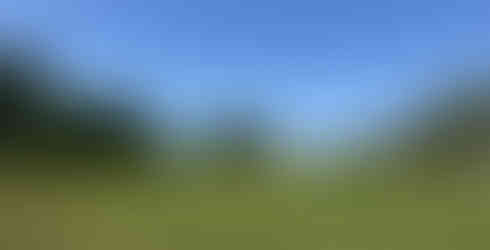














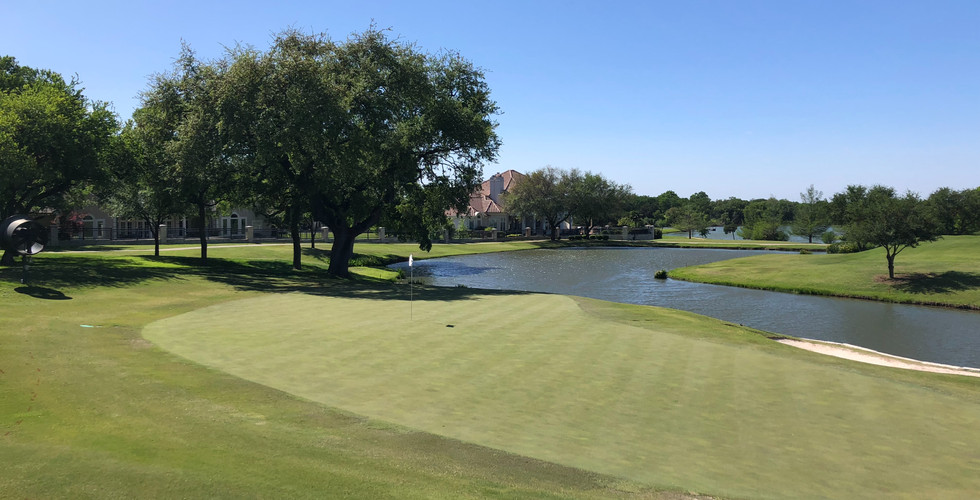






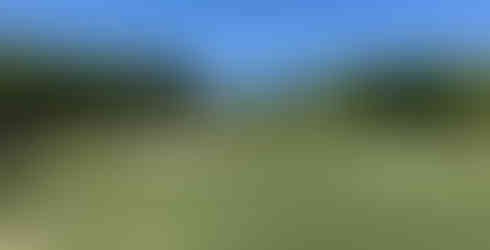








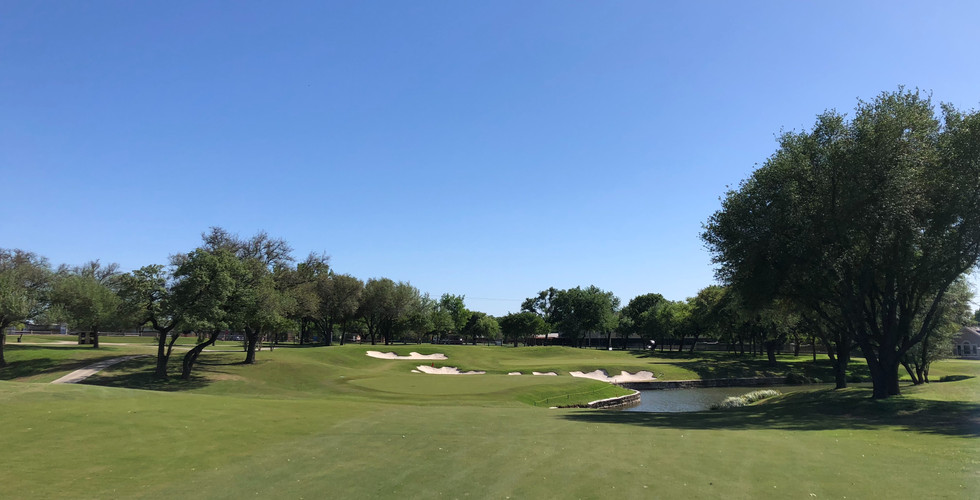








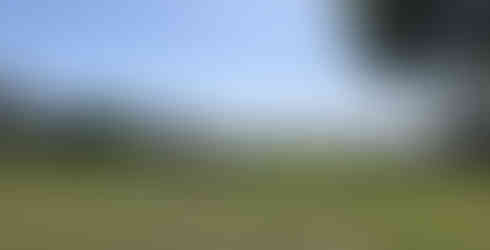




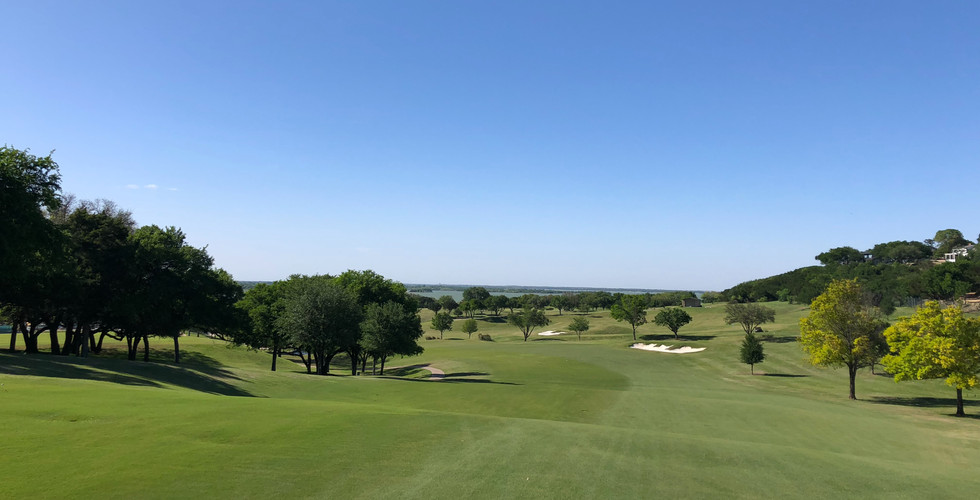
















































































Comments